Advertisement
This machine creates drinking water ‘from thin air’ in driest parts of the world
Resume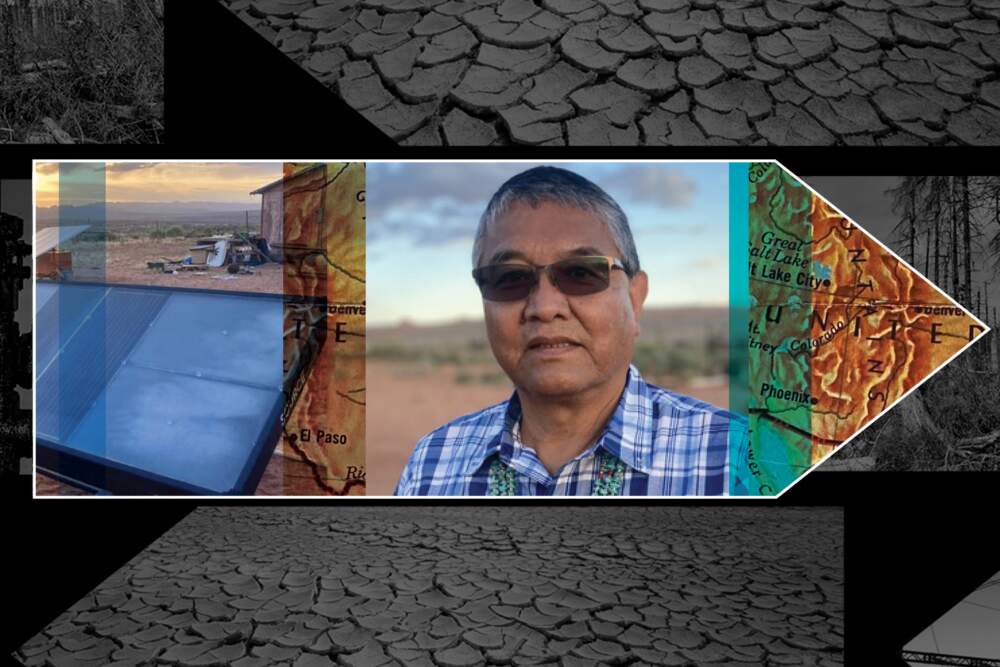
Find out more about our Reverse Course series here.
For the vast majority of Americans, access to clean drinking water is a given. But that isn’t the case for Abbie Nez. The 77-year-old has lived in a one-room hogan on the Navajo Nation for decades without running water or electricity.
She has to drive into Page, Ariz., to buy water for cooking and bathing even though the country’s second-largest reservoir, Lake Powell, is close to Nez’s home.
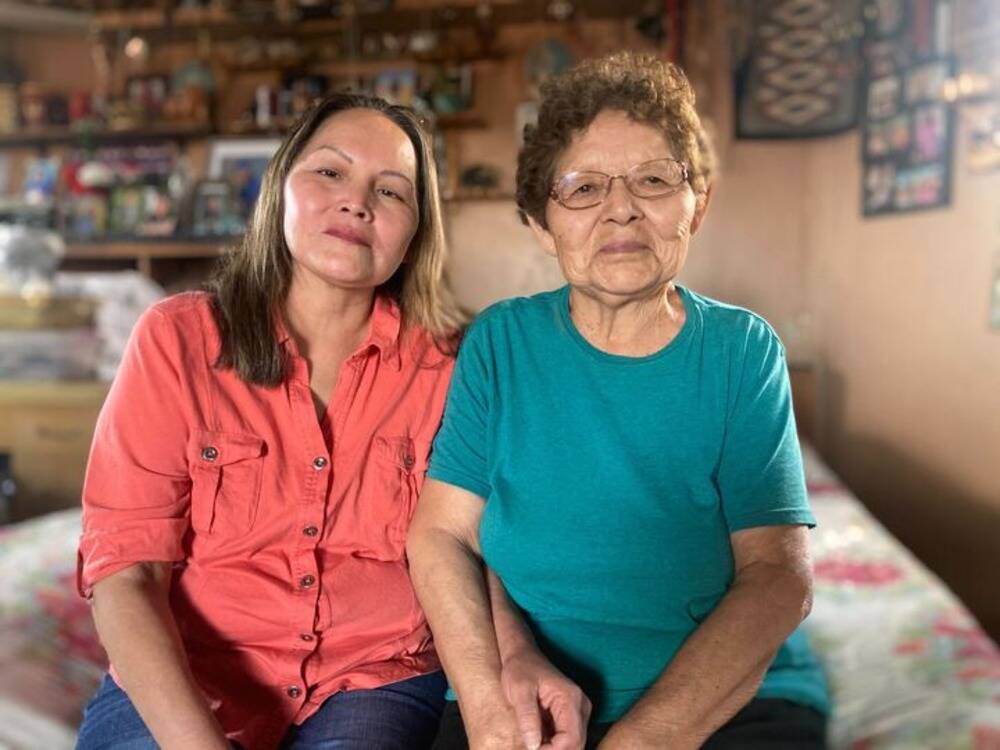
“It’s right here, it’s not even less than 5 miles, and no running water,” says her daughter, Sheila Emmons. “It’s sad to see my mom on the daily, sweating, complaining about being so hot.”
This is not a new problem. About a third of the residents on the Navajo Nation live without running water in their homes. They’re forced to collect rain from their roofs or haul tanks of water back home from far-away cities.
Even though a large portion of the reservation borders the Colorado River, the tribe has never been legally allowed to draw from it. Just last week, the Navajo Nation lost its fight in the U.S. Supreme Court to improve water rights.
As the tribe looks for solutions, there is new technology helping people like Nez.
She has two solar-powered machines in her yard that suck water vapor out of the air to create more than a gallon of drinking water every day. They’re called hydropanels.
“I was kind of skeptical when they said 'Hey, we can pull moisture out of the air. We can make drinking water.’ My first thought was, 'When hell freezes over,’” says Jerry Williams, a local leader who does work for Source Global, the company that makes the machines.
With his help, the tribal government purchased panels for about 540 homes, reducing the need for people to drive into town to buy water.
‘A book of solutions’ to solve climate crisis
Nez's family says the technology is a blessing, but it's not flawless.
Recently, one of the many dogs that lives on her property chewed through a wire, and she wasn't getting any water at all. The company says her panels are getting fixed.
“The challenges with water have been around for a long time,” says Source Global CEO Cody Friesen from his company’s headquarters in Scottsdale, Ariz. “That only gets worse as you put more people into a place that's getting ever drier.”
Hydropanels are installed in 52 countries, Friesen says, and even in extremely arid places like Arizona, there is more than enough water vapor in the air to collect for drinking.
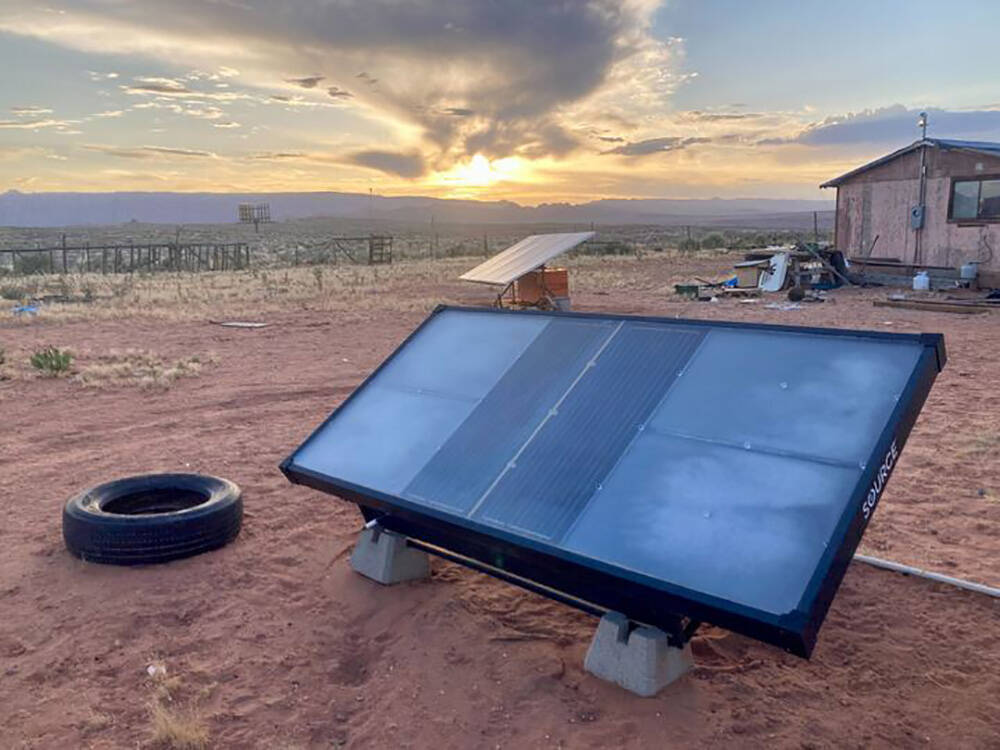
If all the water in the atmosphere fell at once, it would cover the entire planet with an inch of rain, according to scientists at the U.S. Geological Service.
“You’re talking about an atmospheric ocean of water vapor, a resource that’s untapped,” Friesen explains.
Depending on the model, a hydropanel costs between $2,000 and $3,000 — a price that’s too expensive for many people living in rural areas to afford. Friesen expects that price to come down and says there is little doubt that tapping water vapor in a place like the Southwest would help the people who live there.
Decades of drought and overuse brought the Colorado River to the brink of collapse. Cities and farms across the region are contemplating significant restrictions to the water supply as reservoirs dwindled over the past several years.
Even homes that are connected to a water utility would benefit from limiting their dependence on the overburdened infrastructure, Friesen says.
“How we move forward when there’s lack of confidence in where that water will come from a year into the future, 10 years into the future and beyond,” he says, “that’s an unsolved problem.”
Friesen says hydropanels are part of a “large book of solutions” the world needs to reverse the effects of the climate crisis. But not everyone is so certain.
The panels are too expensive and don’t produce enough water to make a significant difference, says Alex Mayer, director of the Center for Environmental Resource Management at the University of Texas at El Paso.
“A couple of gallons per day that’s not a lot even for one person,” he says. “I guess you could purchase more hydropanels, but it’s hard to see that it’s a long-term solution.”
Mayer says he wishes the panels were more productive because he predicts a difficult future in El Paso. His research suggests that the demand for water in the region will grow as temperatures rise with climate change. With more pressure on the supply of fresh water, Mayer says water bills will soar.
“Maybe even quintuple,” he says. “That’s pretty scary. For poorer households that may not have really consistent income, those bills coming at that time of the month can be a real strain on them.”
A visit to the colonias of Texas
Water insecurity across the arid West is an issue that many groups have worked hard to solve. In rural El Paso County, Texas, an organization called Dig Deep has been trying to bring more permanent water infrastructure to communities known as colonias.
In December, Dig Deep finished a project in Cochran that connected 22 homes to a local utility. And suddenly, the town is growing.
“It’s good to have some new neighbors,” says Jack Duran, a project assistant for Dig Deep who also grew up in Cochran. On a recent afternoon, a new house was going up next to Duran’s.
“Boom, water. Boom, new neighbors,” he says, referring to the speed at how quickly life has changed.
Now, Duran’s family has a washing machine. They no longer pay up to $170 a month in the summer to have a 2,500 gallon tank filled in the backyard. Their monthly water bill is about $45, he says.
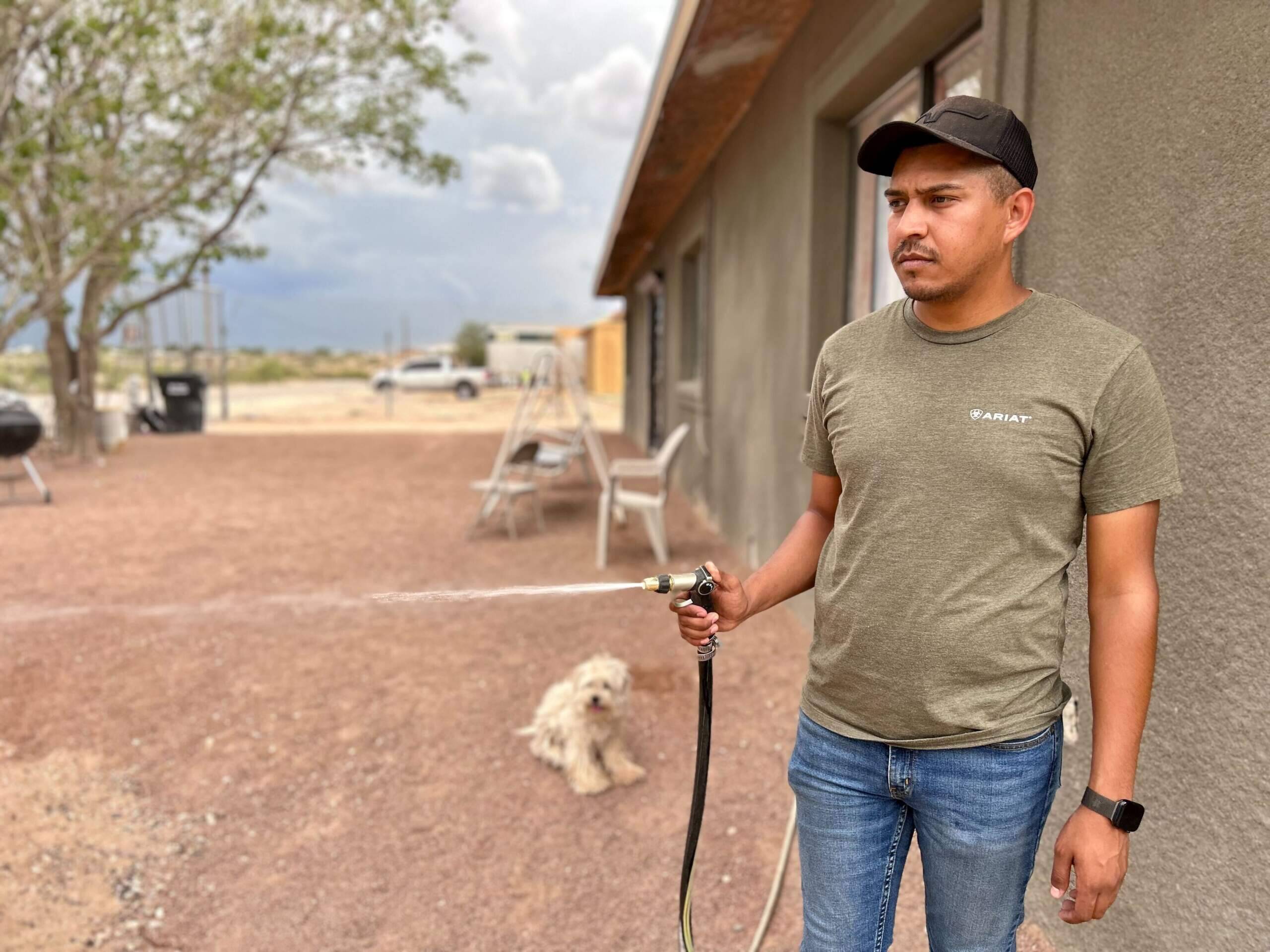
“I honestly didn’t think it was going to happen,” he says, “but we got the job done.”
Dig Deep estimates that more than 2 million people in the U.S. don't have running water at home. According to the group’s research, race and economic status are key predictors. Black and Latino households are twice as likely to lack indoor plumbing compared to white households. Native American families are 19 times more likely to lack running water.
Cochran is one of many colonias along the Texas-Mexico border that developed decades ago without basic utilities. Like Duran’s family, many were promised for years that water was coming.
Local agencies have made progress doing that in recent years, but the cost of connecting some rural communities is still too high, says Dig Deep’s colonias project manager Kathryn Lucero.
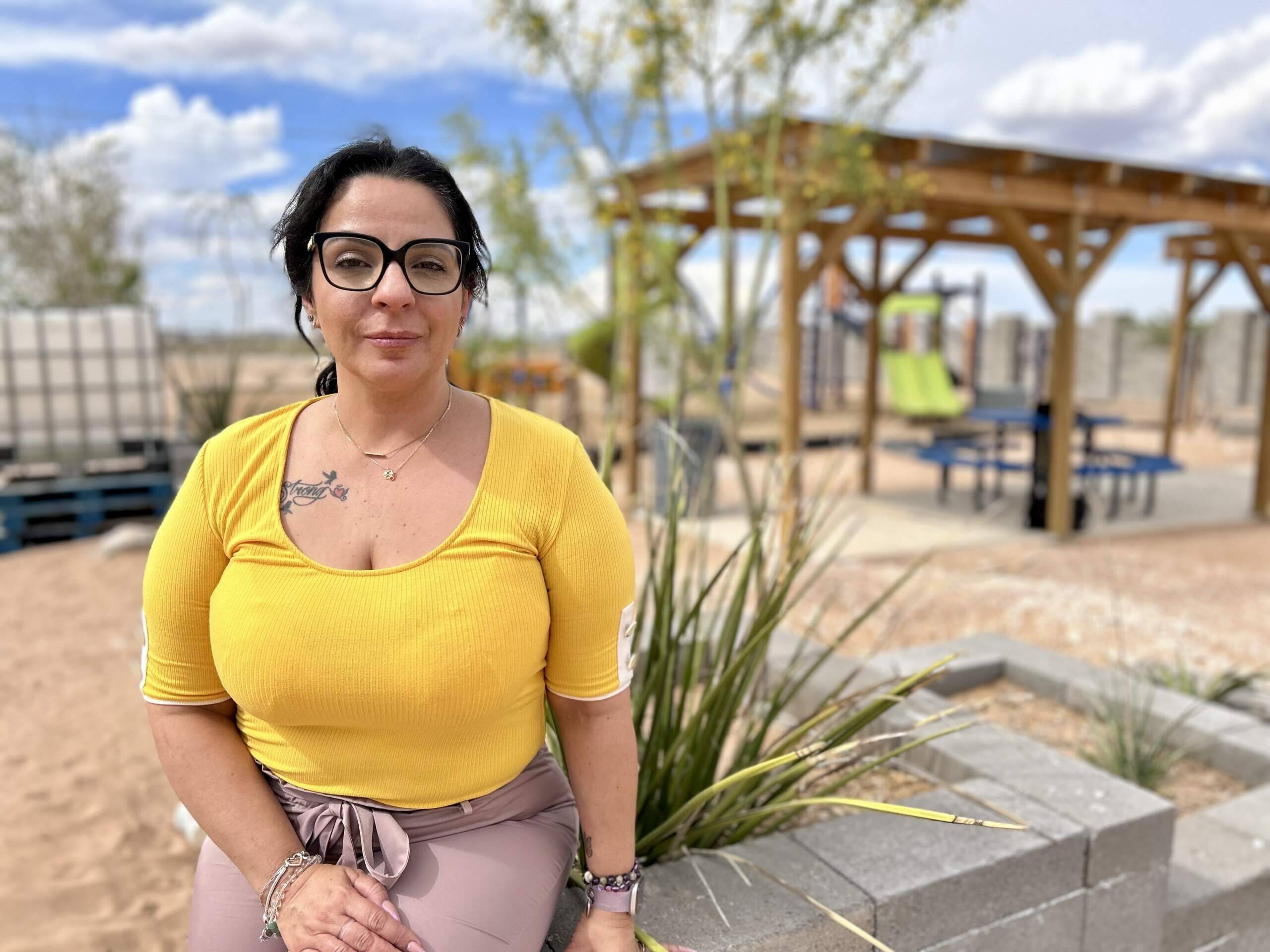
“To this day we still have 20% of people that live in the county that don't have water,” says Lucero. “Whether it's Cochoran or another area in Texas that doesn't have water, [the mentality is] it's cheaper to move the family, just move them into the city, instead of investing in a water project.”
But Lucero says Dig Deep is investing. Construction to connect Cochran to the utility cost $1.2 million, an investment that will secure the future of Cochran for years, she adds.
Lucero is aware of technology like hydropanels, but agrees with Mayer from UTEP: They are a temporary solution.
‘It’s amazing’ in Hueco Tanks, Texas
Powered by the West Texas sun, Olga Thomas is thrilled to hear the sound of fresh water flowing from her new hydropanels. She lives in a colonia called Hueco Tanks where she tends to a flowering bougainvillea in her garden.
For more than four decades, getting water to this quiet spot in the desert has been a challenge. Hueco Tanks is miles from the closest city, and Thomas still has to have water delivered to her home.
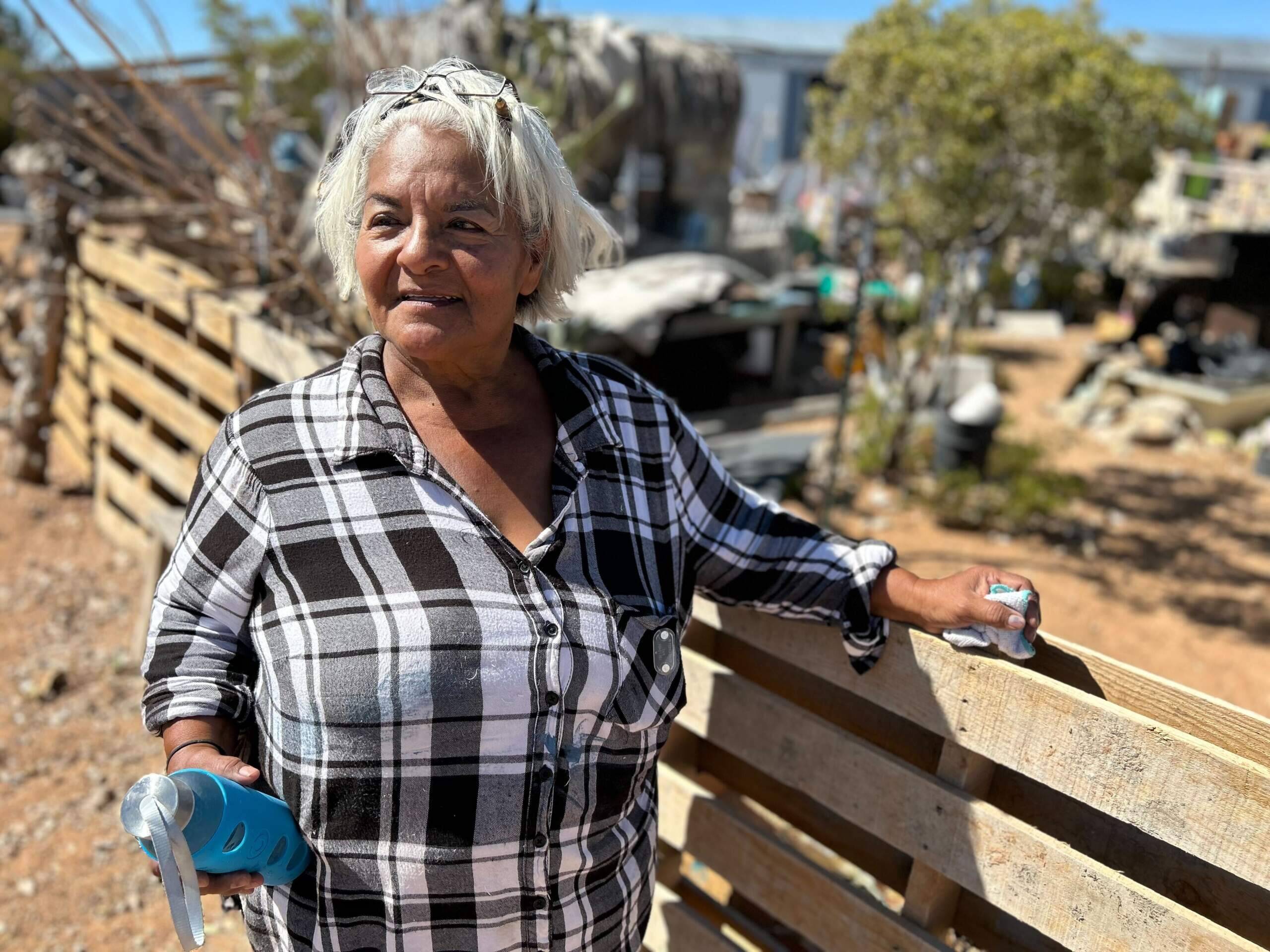
Then, late last year, Source Global paid to install two panels in her yard. Thomas says she gets about 3 gallons on a sunny day — enough to drink and cook with.
“Emotionally, there's no stress,” she says. “Simply because I don't have to worry that I gotta go to the store, buy water bottles. Do I have enough? Is the store open?”
After five years, Thomas will be responsible for paying to maintain the panels. At 72, she knows she’s unlikely to ever see a utility bring permanent water infrastructure to her community.
“I tell my children, ‘good luck with the water and let’s see if you can do better than we,’” she says, referring to an uncertain future and a warming climate.
But on a hot morning in June, there's enough fresh water to quench her thirst. She opens the tap on the side of her hydropanel and takes a drink.
“It's amazing,” she says, with a hint of wonder in her voice.
This segment aired on June 29, 2023.
